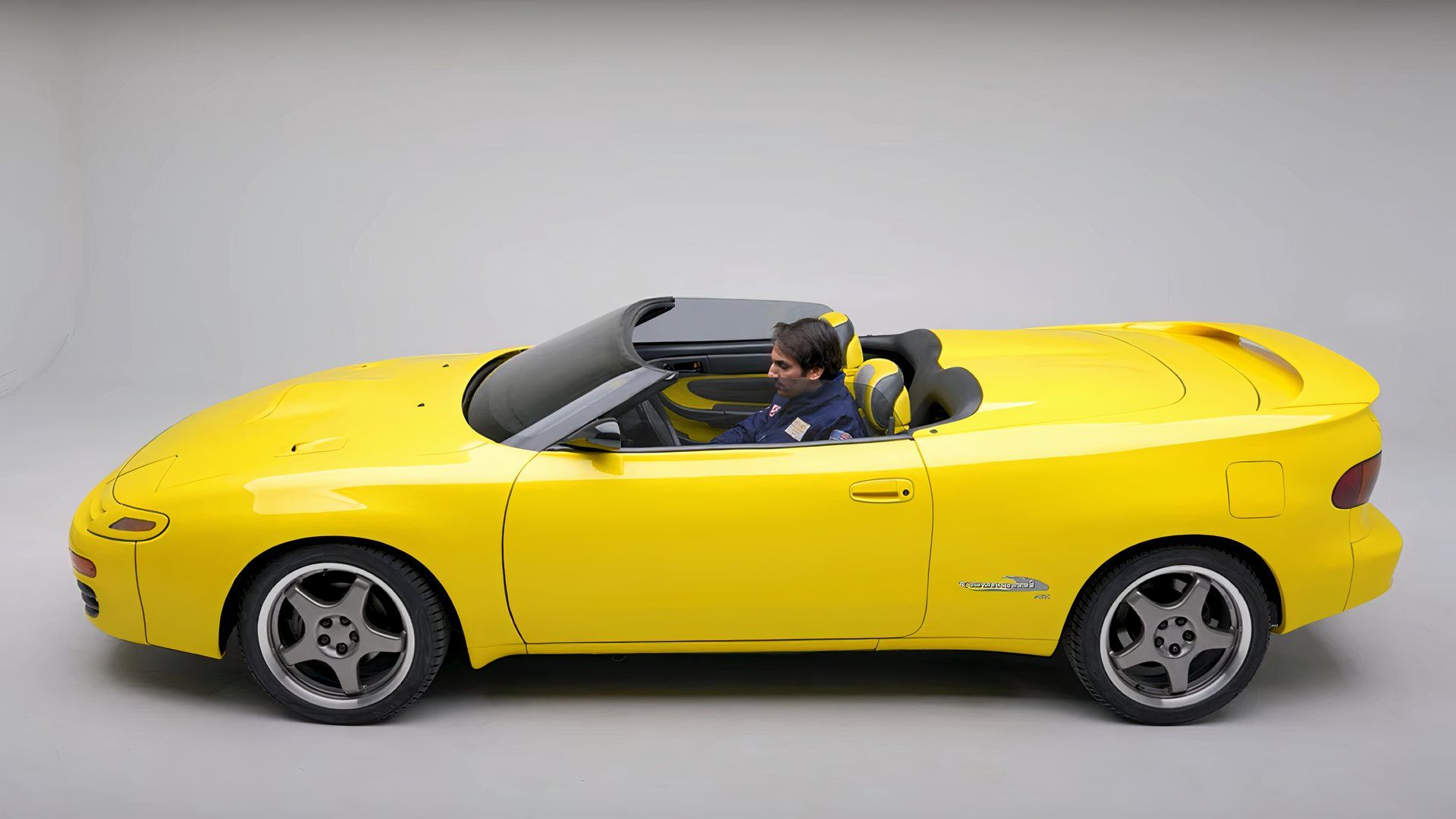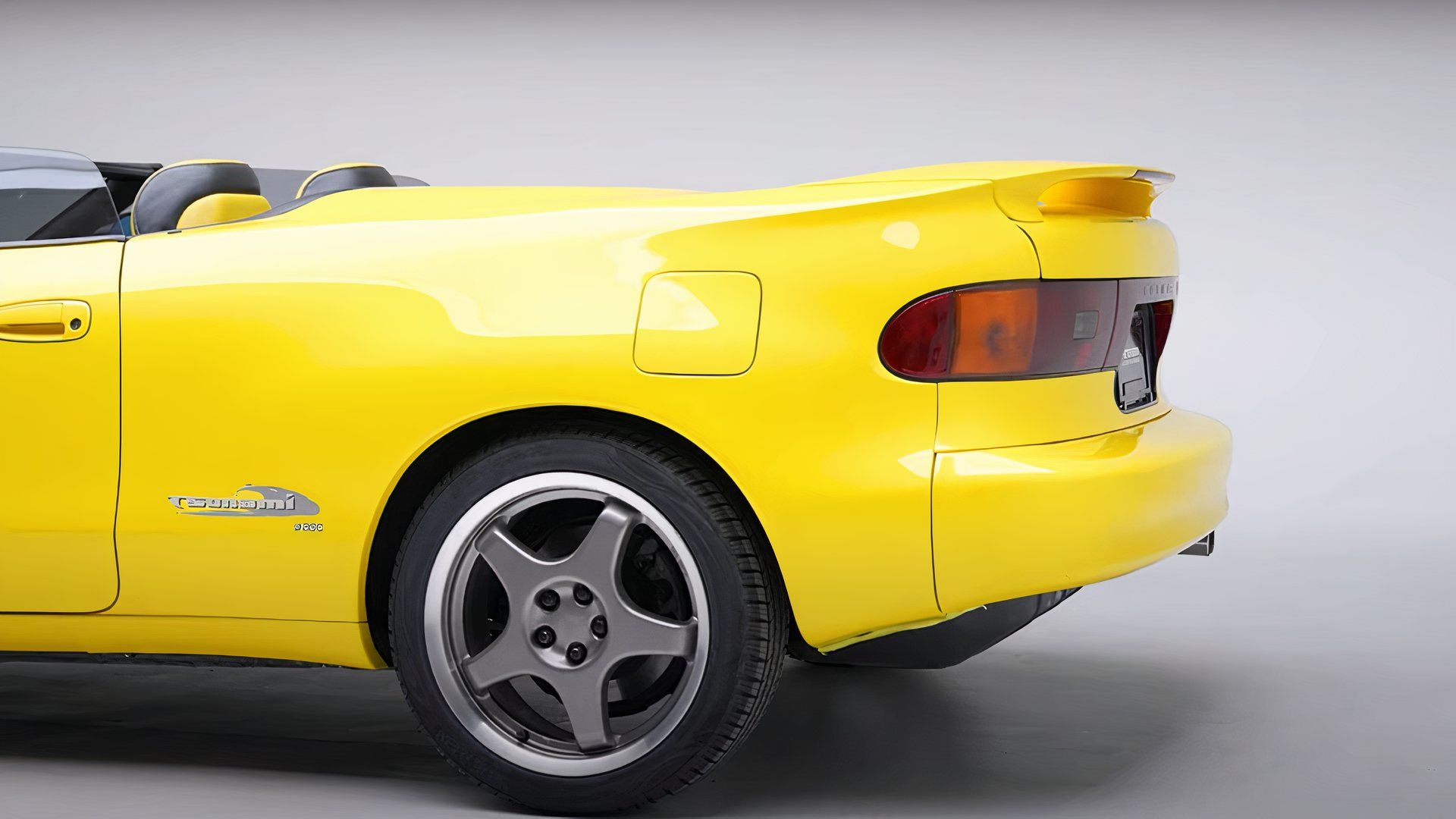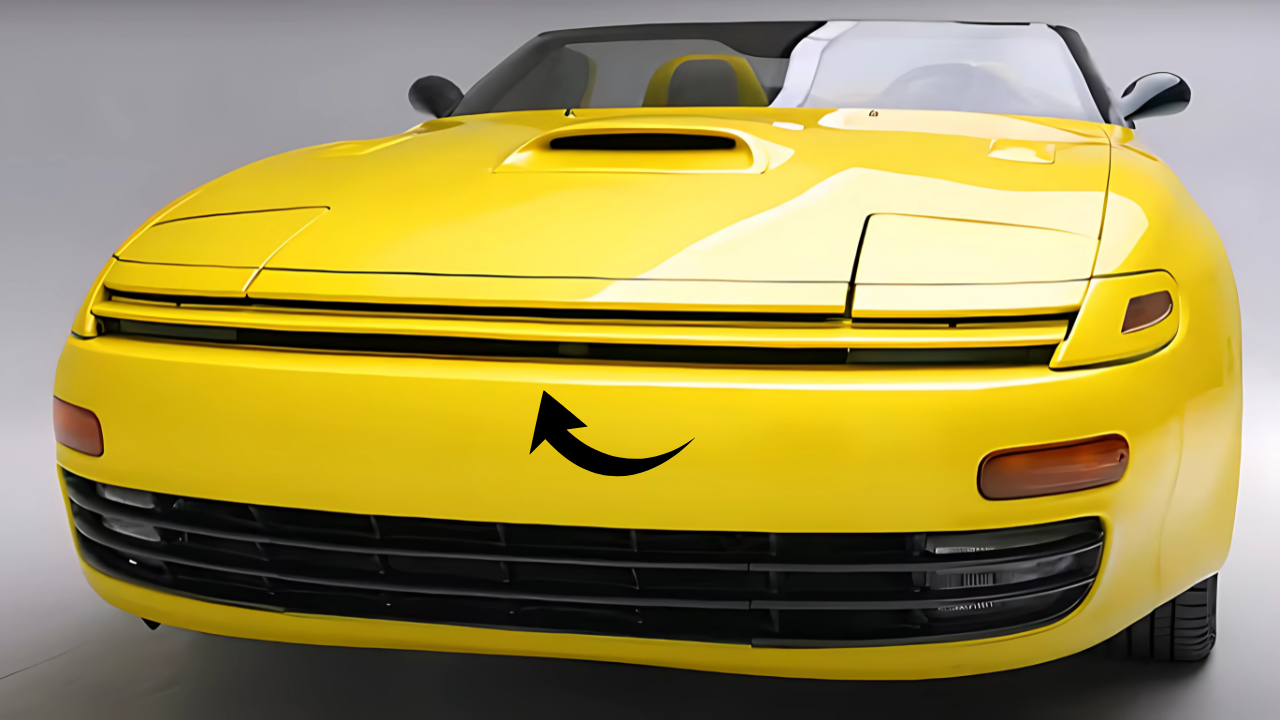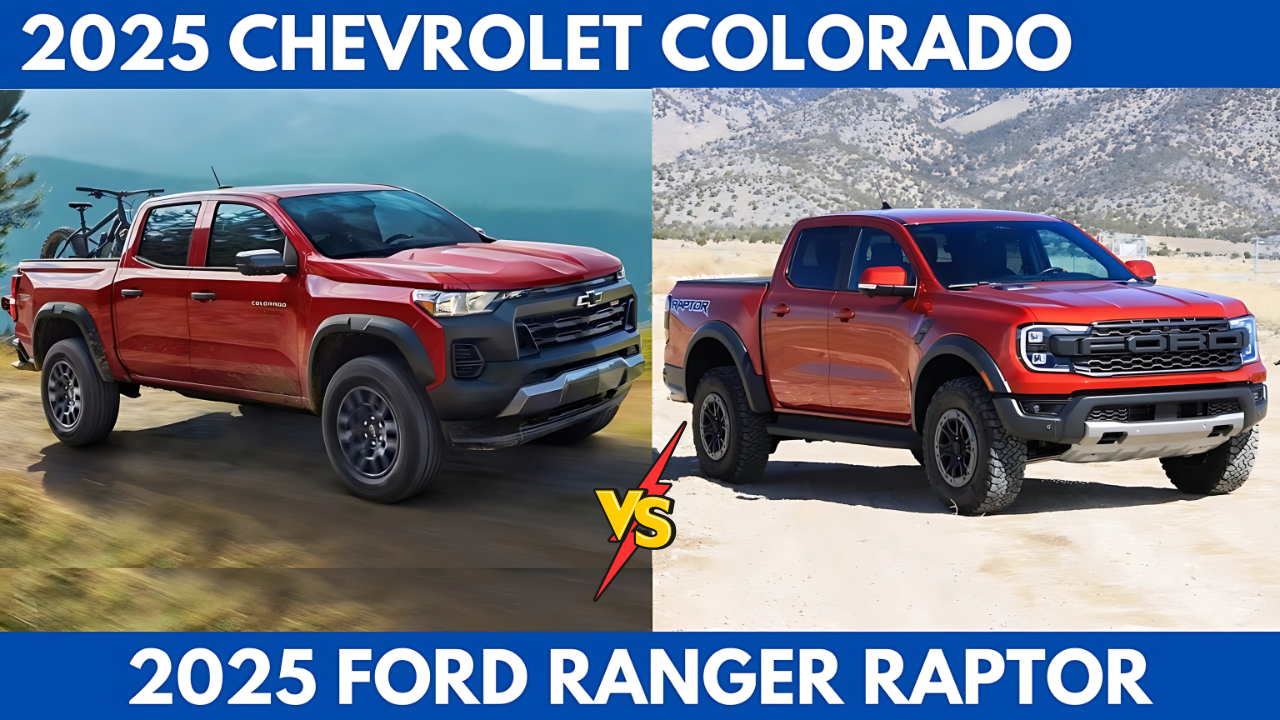Picture this: you’re wandering through the bustling corridors of the 1991 Detroit Auto Show, surrounded by the usual suspects – gleaming production cars, flashy concept vehicles, and enough chrome to blind a small village. Then, tucked away in a corner, you spot something that makes you do a double-take. It’s unmistakably a Toyota Celica, yet something’s dramatically different. The windshield looks like it’s been attacked by an overzealous barber, the proportions seem all wrong, and there’s an aura of rebellious coolness that you’d never associate with conservative Toyota.

Welcome to the world of the Toyota Celica Speedster, also known by its internal codename “Tsunami” – a one-off creation that pushed the boundaries of what a Japanese sports car could be. This isn’t just another forgotten concept car gathering dust in some corporate warehouse. This is the story of automotive rebellion, corporate risk-taking, and a machine that dared to challenge conventions in an era when Toyota was anything but rebellious.
The Birth of an Automotive Maverick
### The Foundation: More Than Just Another Celica
The story begins with the 42nd All-Trac Turbo to roll off Toyota’s production line. Originally dressed in what Toyota called “Super Red,” this particular Celica wasn’t destined for a normal life of grocery runs and weekend canyon carving. Instead, it served as a test mule for Toyota’s engineering team in California, enduring countless hours of evaluation and development work.
But here’s where things get interesting. Once the engineers had extracted every last bit of data from this hardworking test vehicle, Toyota made an unusual decision. Instead of scrapping it or selling it off, they handed it over to the American Sunroof Corporation (ASC) with a simple brief: create something spectacular for the Detroit Auto Show.

### The Timing Was Everything
The early 1990s represented a fascinating period in automotive history. The Japanese bubble economy was in full swing, manufacturers were throwing money at wild concepts, and the American market was hungry for something different. Porsche had just reintroduced the 911 Speedster in 1989, tapping into nostalgia for the original 356 Speedster while adding a dose of exclusivity to their lineup.
Toyota, watching Porsche’s success, realized they had an opportunity. The fifth-generation Celica was already turning heads with its “futuristic features” theme, blending what Toyota called a “super round” greenhouse with dynamically curved body lines. The car was packed with cutting-edge technology, including speed-responsive electronically controlled four-wheel steering and Toyota’s revolutionary Actively Controlled Suspension system – a world-first technology that independently managed four hydropneumatic suspension units.
Transformation: From Test Mule to Show Star
### ASC Works Their Magic
The American Sunroof Corporation wasn’t just any conversion company. These were the specialists who had been transforming regular cars into convertibles for major manufacturers, and they brought all their expertise to bear on this project. But the Celica Speedster wouldn’t be a simple roof-chop job.
The most dramatic modification was the windshield – or what remained of it. ASC chopped and raked the glass so severely that for average-height drivers, it barely reached eye level. This wasn’t just a styling exercise; it was a complete reimagining of what a car’s proportions could be. The side windows were cut down to match this radical new roofline, creating a cohesive but utterly impractical silhouette.
### Interior Revolution
Inside, ASC went wild with the transformation. The seats received a complete retrimming, while pseudo-carbon fiber trim was strategically placed throughout the cabin. But perhaps the most eye-catching change was the liberal use of yellow spray paint on various interior components, creating a bold contrast that screamed “concept car” from every angle.
One particularly clever feature was a removable plastic panel that covered the rear seats. With this panel in place, the Celica transformed from a four-seater into a strict two-seater sports car, emphasizing the driver-focused nature of the machine. Remove the panel, and you had a more practical four-seat configuration – though calling any seating position in this car “practical” might be stretching the definition.
Technical Specifications and Performance
| Component | Specification | Notes |
|---|---|---|
| Base Model | All-Trac Turbo #42 | 42nd production unit |
| Engine | 2.0L Turbo 4-cylinder | All-wheel drive system |
| Windshield | Chopped and raked | Eye-level height for average drivers |
| Wheels | 17-inch custom | Vredestein Hypertrac 215/45/R17 |
| Paint | Custom Yellow over Super Red | Original red still visible in engine bay |
| Interior | Yellow accents, carbon trim | Removable rear seat cover |
| Suspension | Actively Controlled | World-first hydropneumatic system |
| Steering | 4WS Electronic | Speed-responsive system |
| Production | One unit only | Museum piece status |
Show Circuit and Public Reception
### Detroit Auto Show Debut
When the Celica Speedster made its debut at the 1991 Detroit Auto Show, it represented something entirely new from Toyota. Here was a company known for reliability and sensible engineering choices, suddenly presenting a vehicle that prioritized style over practicality. The chopped windshield meant you’d need sunglasses even on overcast days, and the reduced glass area would make highway driving an exercise in faith.
Yet that was precisely the point. This wasn’t meant to be a practical car – it was meant to be a statement. Toyota was showing the world that they could create something as wild and desirable as anything coming from European sports car manufacturers.
### The LA Auto Show Follow-Up
The car made a second major appearance at the 1993 LA Auto Show, two years after its Detroit debut. By this time, Toyota had actually released a production convertible version of the Celica, but the difference between the practical production car and the radical Speedster concept couldn’t have been more stark.
Where the production convertible featured a conventional soft-top and normal windshield height, the Speedster remained uncompromisingly extreme. It served as a reminder of what could have been, had Toyota chosen to pursue the most dramatic possible interpretation of a Celica convertible.
The Disappearing Act and Rediscovery
### Years in the Wilderness
After its show circuit appearances, the Celica Speedster essentially vanished from public view. Unlike many concept cars that get dismantled or recycled, this unique machine somehow survived intact. For years, automotive enthusiasts wondered about its fate, with occasional rumors surfacing about sightings at private collections or corporate archives.
The car’s disappearance was particularly frustrating because it represented such a unique moment in Toyota’s history. Here was tangible proof that the company could create something truly special when they allowed their designers and engineers to push boundaries without the usual corporate constraints.
### Peterson Museum Sanctuary
Eventually, the automotive gods smiled upon enthusiasts everywhere. The Celica Speedster found its way to the Peterson Automotive Museum in Los Angeles, one of the world’s premier automotive institutions. The Peterson, with its eclectic collection ranging from Hollywood cars to rare prototypes, provided the perfect home for this one-off creation.
At the Peterson, the Speedster isn’t just a static display piece. The museum regularly features it in special exhibitions and even takes it to events like Radwood, the celebration of 1980s and 1990s automotive culture. For many enthusiasts, these appearances represent the only chance they’ll ever have to see this unique machine in person.
Modern Legacy and Market Reality
### The Production Alternative
While the Speedster remained a one-off fantasy, Toyota did produce conventional convertible versions of the fifth-generation Celica. These cars were manufactured in Japan and shipped to the United States, where ASC – the same company that created the Speedster – installed and finished the power soft tops on an order-by-order basis.
### Today’s Market Values
Here’s where the story takes an interesting turn. While the one-off Speedster is priceless as a museum piece, regular Celica convertibles from the same era have become incredibly affordable. A 1992 convertible that originally sold for $22,313 now averages just $2,264 according to current market data. Similarly, a 1993 model that cost $23,903 when new can now be purchased for around $2,496 on average.
This dramatic depreciation means that while you’ll never own the Speedster itself, you can experience a similar flavor of 1990s Japanese convertible motoring for the price of a decent used appliance.
### Why This Car Matters
The Toyota Celica Speedster represents something that’s become increasingly rare in today’s automotive landscape: genuine corporate risk-taking. In an era when most concept cars are carefully focus-grouped and designed to offend absolutely no one, the Speedster stood as a bold statement of intent.
It showed that Toyota, despite its reputation for conservative engineering, was capable of creating something genuinely exciting when given the freedom to experiment. The chopped windshield wasn’t practical, the yellow interior wasn’t subtle, and the overall execution wasn’t sensible – and that was exactly the point.
### Lessons for Today
Looking at the Speedster today, it’s impossible not to wonder what might have been. What if Toyota had been brave enough to put this design into limited production? What if they had continued to push boundaries with subsequent concept cars? What if the bean counters hadn’t won the eternal corporate battle against the dreamers?
The car serves as a reminder that sometimes the most memorable automotive creations are the ones that make the least practical sense. In a world increasingly dominated by SUVs and electric crossovers, there’s something refreshing about a car that existed purely to make people stop and stare.
Frequently Asked Questions
Q: How many Toyota Celica Speedsters were ever built?
Only one was ever constructed, making it one of the rarest Toyota vehicles in existence.
Q: Can I buy a regular Celica convertible from the same era?
Yes, production convertibles are very affordable today, typically selling for $2,000-$3,000.
Q: Where can I see the Speedster in person?
It’s permanently housed at the Peterson Automotive Museum in Los Angeles and occasionally appears at automotive events.




